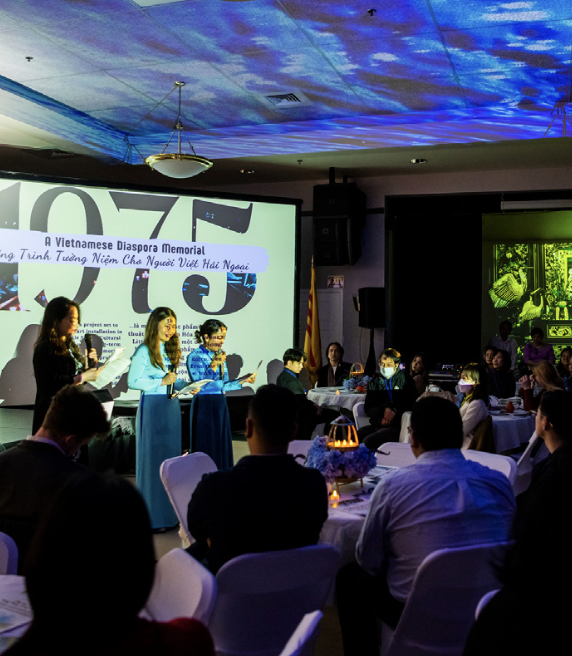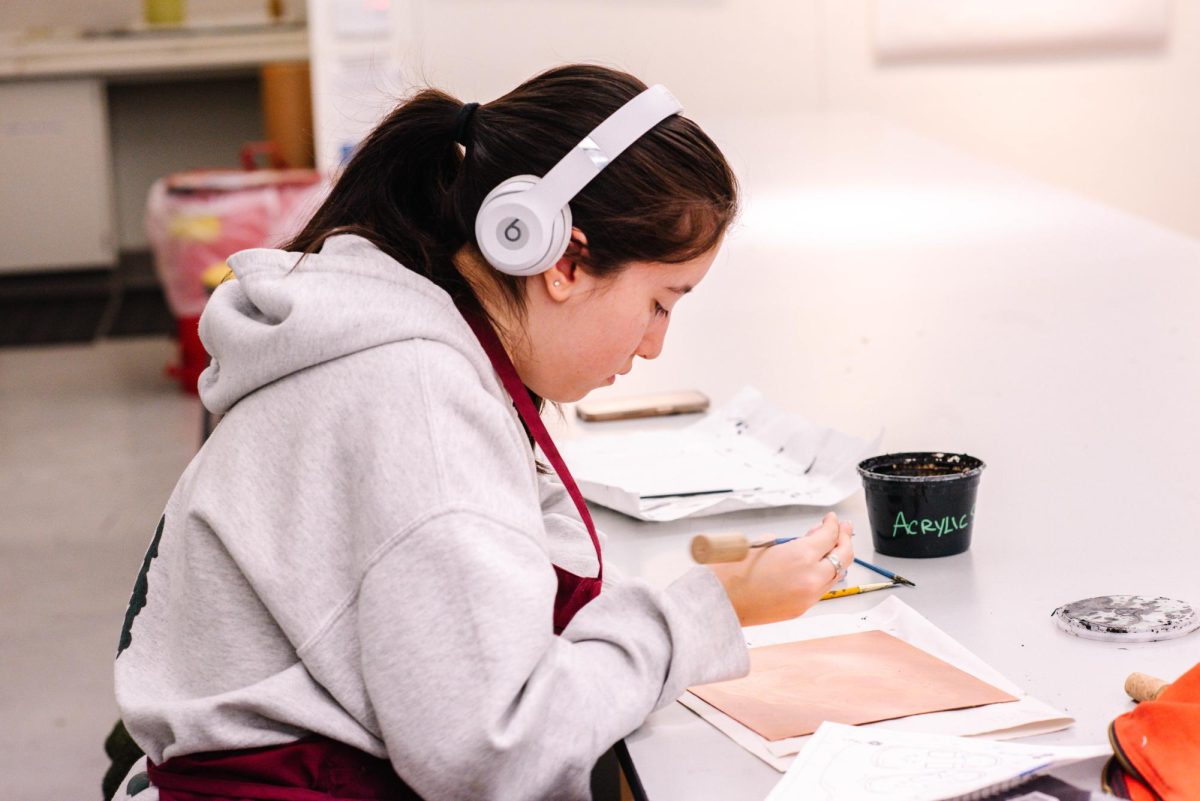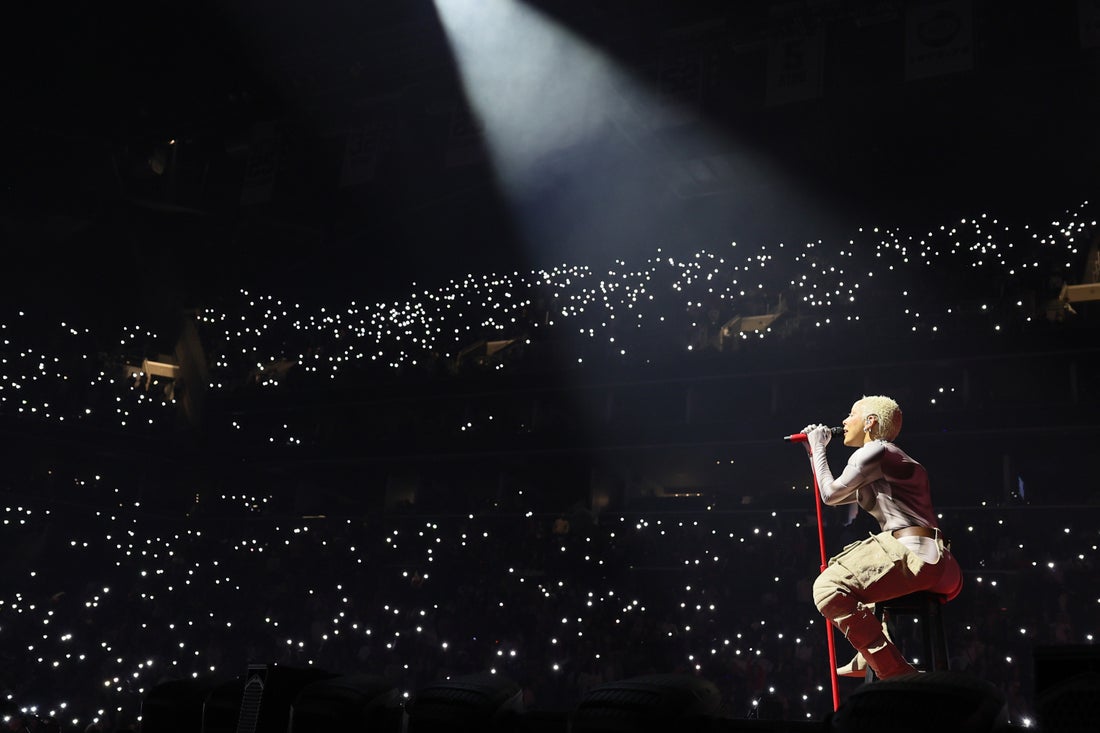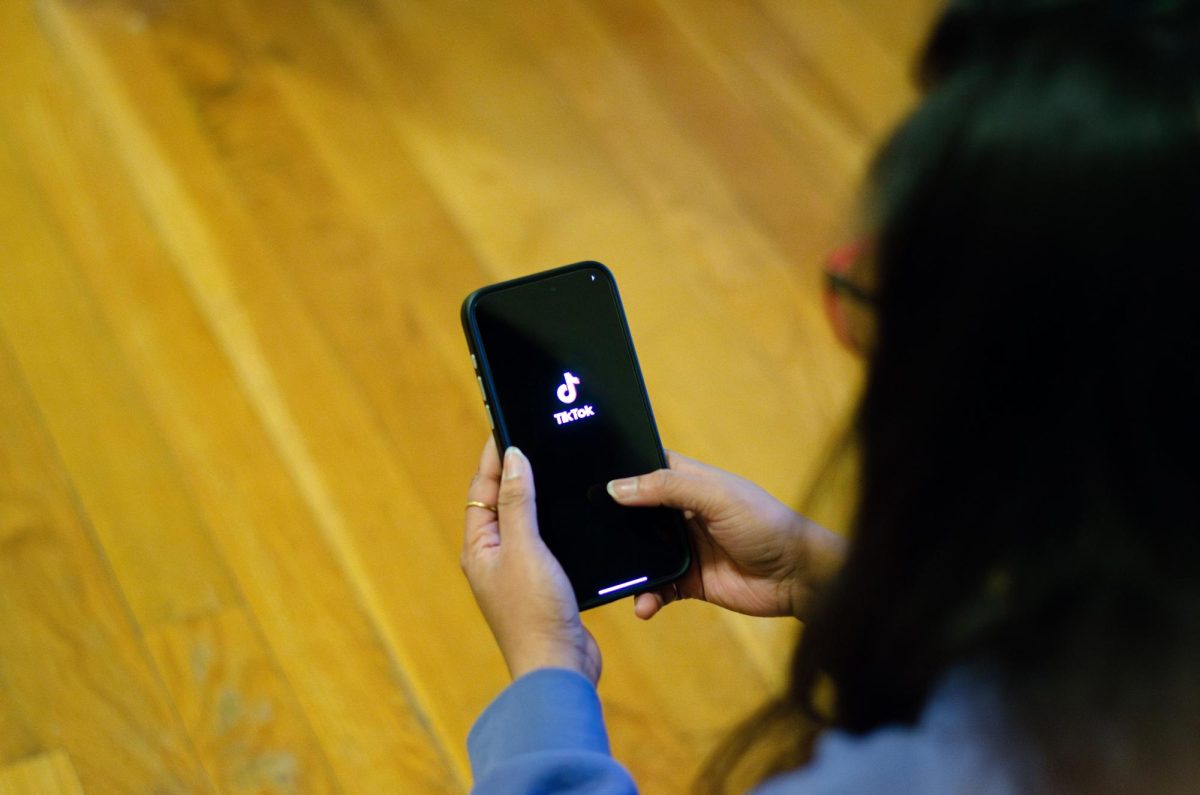An arctic blast hit parts of the United States on Nov. 11, plunging those areas into deep freezes reaching all the way down to Louisiana for the week. Temperatures in certain southern states, such as Texas, Louisiana and parts of Mississippi, reached all-time lows of 20–30 degrees; an average of 40 degrees lower than the average temperature for the month of November for the area.
An arctic blast, also known as a polar vortex, “is a low pressure area—a wide expanse of swirling cold air—that is parked in polar regions. During winter, the polar vortex at the North Pole expands, sending cold air southwards.” Occasionally, polar vortexes move far southward, causing extreme cold temperatures to reach areas that don’t normally experience them. Temperatures in areas of the US, specifically the mid-south areas, dropped so low that school delays and cancellations occurred. This arctic blast isn’t the first one to bring chilling temperatures to parts of the south, in 2014 a polar vortex caused parts of Florida to experience below average colder temperatures.
The Midwest and the South were not the only regions heavily affected by the arctic blast that occurred. Parts of the Northeast were affected by the arctic blast with temperatures dropping below freezing. Boston felt the freeze on Wednesday, Nov. 13, with a chilly 4 degrees. Pittsburgh was slightly warmer at 8 degrees and Syracuse felt a bone-chilling 1 degree. The arctic blast dropped temperatures in places like Atlanta, Georgia and Raleigh, North Carolina, to 17–21 degrees when the average temperature for those areas is between 60–65 degrees. According to news outlets, 300 record highs and lows were reported during the week of the arctic blast. ABC News reported that Chicago recorded 17 degrees November 12, “the coldest high temperature ever recorded this early in the season.” Many northern cities ranging from Chicago to New York to Boston felt only a very small warm-up during the early week, warming from the low-teens to the low-twenties.
Icy weather in parts of the country caused major delays at airports. According to Time, “an American Airlines flight landing at Chicago’s O’Hare airport slid off the runway because of icy conditions.” Time also reported that CBS reported over 1,200 flights were canceled early in the week at O’Hare airport and Midway airports due to the chilling temperatures, as well as according to FlightAware, 261 flights were canceled in the US on Nov. 12.
Many news outlets, from USAToday to ABC released articles with tips on how to make it through the arctic blast that ranged from tips on when to go out and start cars so that they wouldn’t freeze on the road to how to dress warmly for the temperatures.
Temperatures in Boston rose about ten degrees a week after the arctic blast with rain hitting the area around noon on Monday, Nov. 18. Average temperatures for the city plateaued back to mid-forties on Sunday, Nov. 17, with off and on rain occurring Monday, Tuesday and Wednesday.
The arctic blast only lasted a week with temperatures across the country warming up rapidly from their below freezing temperatures to average November temperatures. Cities in the mid-South warmed from mid-twenties back up to the mid-forties and fifties a week after the arctic blast moved east. As for areas in the Northeast, like Boston and New York, temperatures warmed back to mid-forties and mid-fifties, average temperatures for the areas.
Sources: https://www.fastcompany.com/90429663/these-arctic-blast-maps-show-america-plunging-into-a-deep-freeze https://abcnews.go.com/US/coldest-morning-season-hits-east-coast-gulf-coast/story?id=66967600 https://time.com/5724944/arctic-blast/ https://scijinks.gov/polar-vortex/


















































